Ookla Study: Wireless Network Speeds of Comcast, Charter Have Soared
Measured user download speeds have increased by more than 100 Mbps
Blake Ledbetter
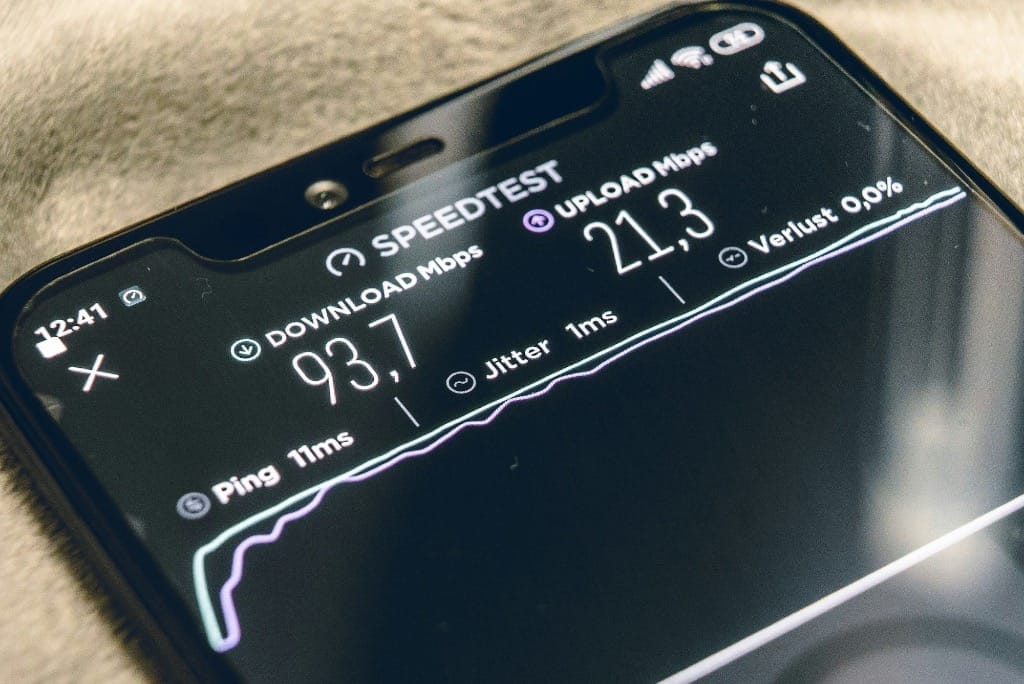
WASHINGTON, Jan. 14, 2025 – Customers of two leading mobile virtual network operators have seen a boost in network performance recently, largely thanks to a shift toward wireless service.
Research published Tuesday by Ookla, a company specializing in network intelligence, found that Charter’s Spectrum Mobile and Comcast’s Xfinity Mobile have seen a significant increase in users' download speeds over the past two years.
According to Ookla, Spectrum’s Speed Boost has seen its median download speeds go from 84.35 Mbps in Q1 2023 to 188.63 Mbps in Q4 2024, a 124 percent increase. There has been an even larger increase for Xfinity Mobile’s Wifi Boost, which has gone from median speeds of 53.65 Mbps in Q1 2023 to 170.39 Mbps in Q4 2024, a 218 percent increase.
This performance increase came after both companies implemented Wi-Fi offloading in the last two years through Spectrum Mobile’s Speed Boost and Xfinity Mobile’s WiFi Boost. This process has allowed users’ mobile usage to go through one of the companies’ Wi-Fi hotspots located in any customer’s home rather than through Verizon’s cellular network, which the MVNOs lease out.
Ookla also said Verizon’s overall median download speeds have increased from 66.81 Mbps in Q1 2023 to 97.45 Mbps in Q4 2024, a 46 percent increase.
By keeping the network usage in-house through these Wi-Fi hotspots, both Comcast and Charter have been able to keep network costs far lower for both the consumer and the company than before implementing Wi-Fi offloading.
Both Comcast and Charter say that through separate partnerships, they have been able to expand their network of Wi-Fi hotspots to near-nationwide coverage.
MVNO Wi-Fi offloading is significant for the cellular market as well. UScellular has stated that it needs to sell to T-Mobile because it lacks national scale and cannot compete with cable MVNOs that cut costs by migrating cellular traffic to their Wi-Fi networks.
“Cable wireless providers have acted as mavericks throughout UScellular’s footprint by leveraging their ability to bundle services, subsidize wireless offerings through margins on their traditional offerings, and offload more traffic onto their own Wi-Fi networks in order to aggressively price their wireless offerings and increase market share,” T-Mobile and UScellular said in a Jan. 8 filing that was posted to the FCC’s website a few days later.
The two companies said that critics – such as Public Knowledge, the Consumer and Communications Industry Association, and Democratic Senators – have made “no meaningful attempt to explain how a regional provider with approximately one percent of all wireless connections and a geographically limited footprint exerts competitive pressure on T-Mobile or any other mobile network operator at the national level.”




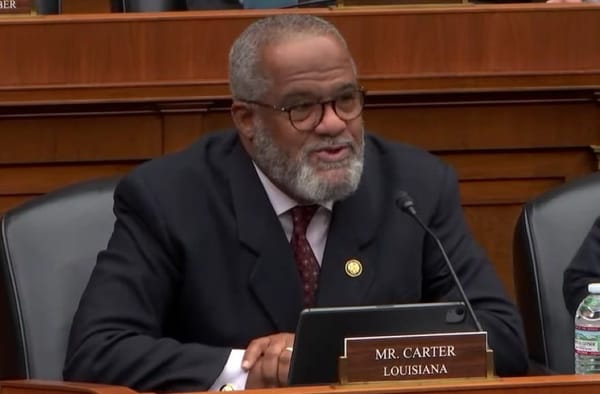
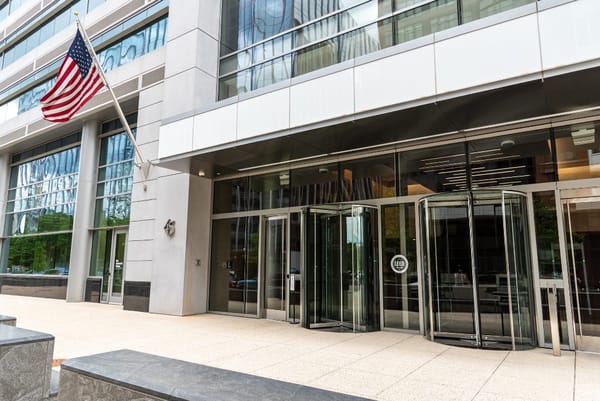
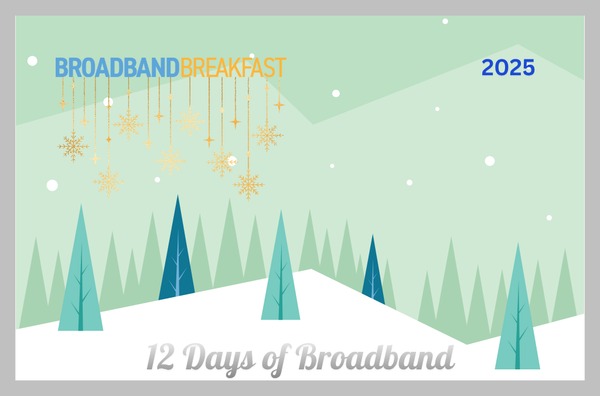
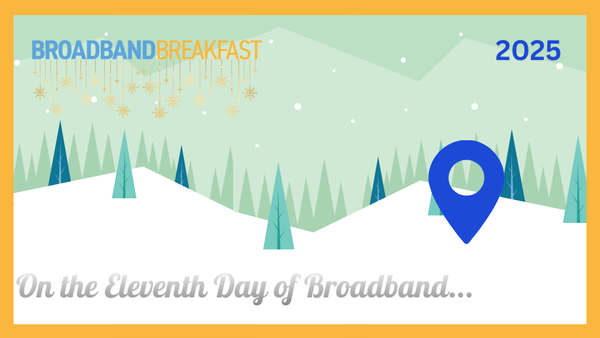


Member discussion